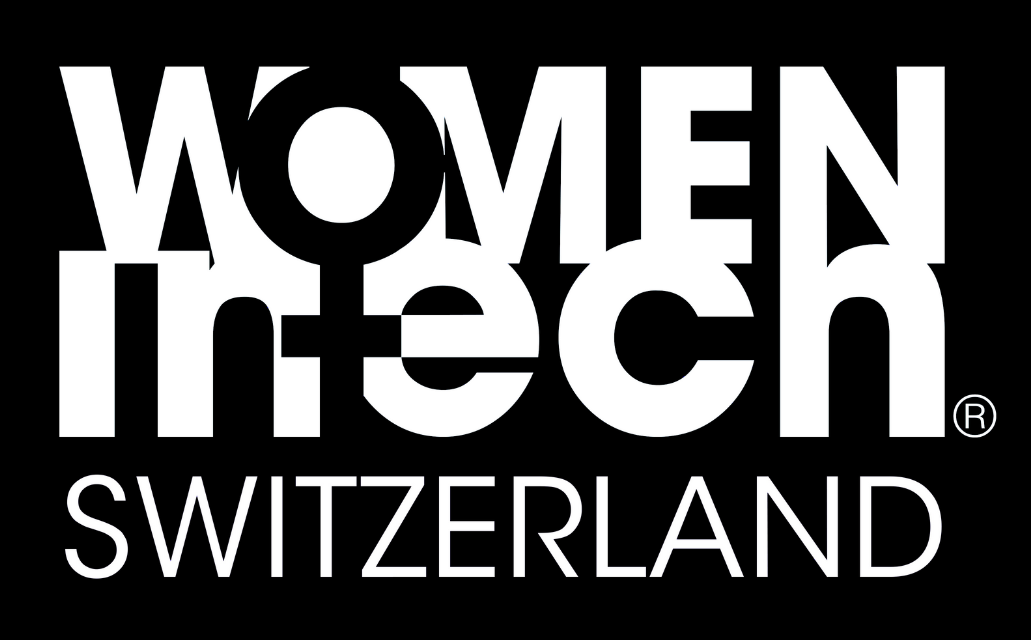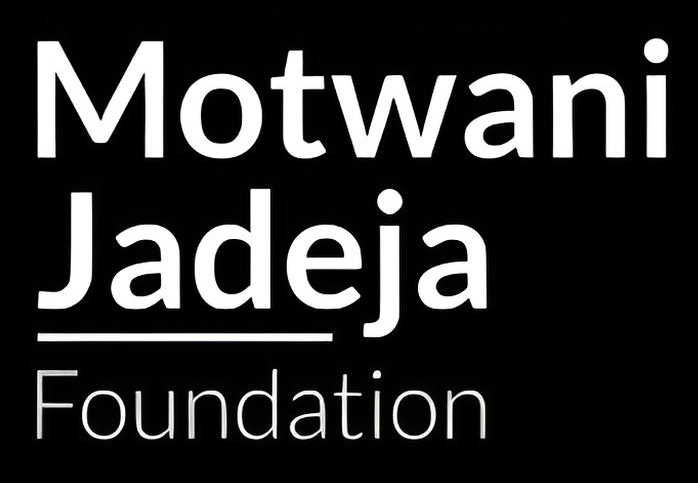Laura Wheeler of Digital Science gives her perspective on the challenges facing women in science and in technology, and tells us why role models like Ada Lovelace can provide inspiration.
Over the last few months a few controversial incidents relating to gender inequality in science have brought such issues to the forefront of the media’s watchful eye.
Twitter storms have blown these into the limelight. In particular, the Tim Hunt debacleand the episode of the PLOS ONE reviewer, whose remarks about a manuscript by two female researchers caused an outcry. Both these recent cases have created a sense that we still have a way to go in order to achieve true equality.
As a woman who has trained as a scientist, it does indeed sadden me to hear that these kinds of incidents are still happening and that such out-dated attitudes persist, but the reaction to them also reminds me that there is plenty of support out there for gender equality and a genuine desire for change.
Memes such as #distractinglysexy and political question time debates which focused on these issues, mean things are being taken seriously. There are also many initiatives in existence to support women in STEM careers (you can find a list here).
Digital Science most recently co-organised SciFoo Camp, an unconference hosted at the Googleplex in Palo Alto. Here issues of women in science were debated with passion, resulting in discussions highlighting the support that already exists, although there is still plenty of room for improvement. Founder of STEMWomen.net, Buddhini S, plans to write an enlightening summary on the session (so stay tuned).
But what is the state of affairs like for women in technology? Do they face worse treatment than women in science?
I am a woman working in technology and in science, and so have quite a broad perspective. Aside from my own anecdotes, the evidence indicates that there are more women entering the science arena, although the real challenges begin as they attempt to move up the career ladder. However, for women working in technology the situation is even more difficult – there are too few women entering the field in the first place.
The NCWIT Scorecard examines trends in the contribution of girls and women in computing in the US, providing a benchmark for measuring progress and identifying areas for development. The report shows that part of the challenge starts in early education at high school where there is a failing enrolment of girls in technology fields.
Last year Gartner ran a Chief Information Officer (CIO) Agenda report on: “A Perspective on the Priorities of Women and Men.” The report showed that the percentage of women CIOs in technology has remained largely the same since 2004, when Gartner first analysed the CIO Agenda Survey data by gender. It probably comes as no shock that the overall percentage of women in the role has not grown significantly in the last 10 years.
Cindi Howson recently wrote an illuminating commentary post on Gartner looking at Silicon Valley’s diversity numbers, which frankly speak for themselves.
Does this problem stem from the challenges of recruiting girls earlier on? Or are there also issues with promotion bias, or a lack of female role models?
As in science, there is a wide range of initiatives already in place to support women in technology, but undoubtedly there is still more that can be done. Cindi offers up a variety of practical advice, such as:
“Female leaders in technology have to mentor the younger workforce. Look for volunteer opportunities at your area high school, college, or any of the organizations mentioned earlier.”



































